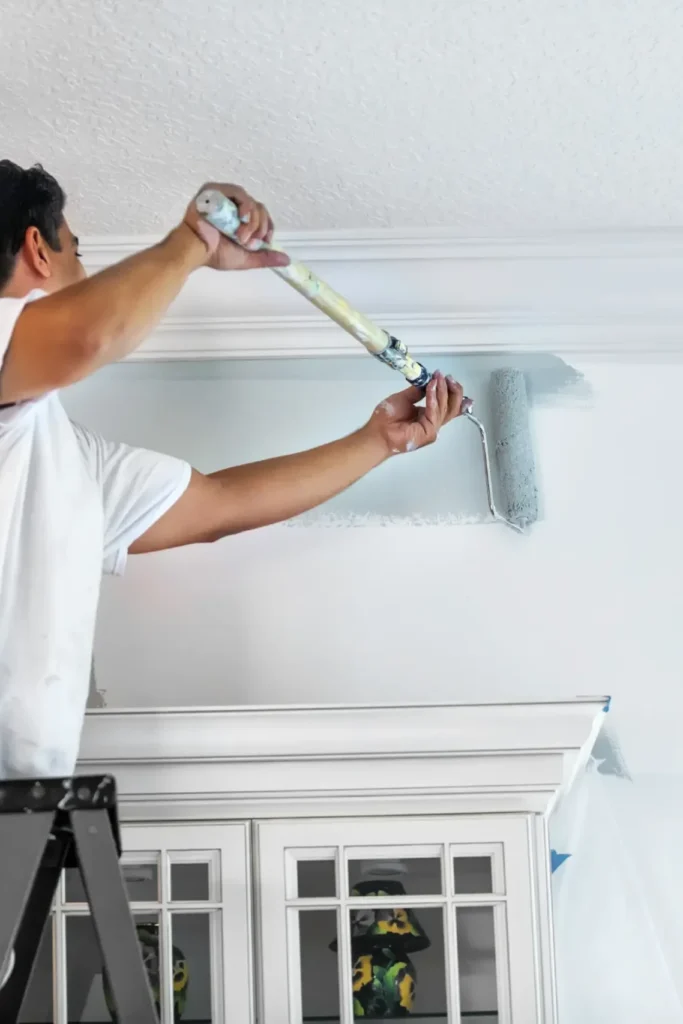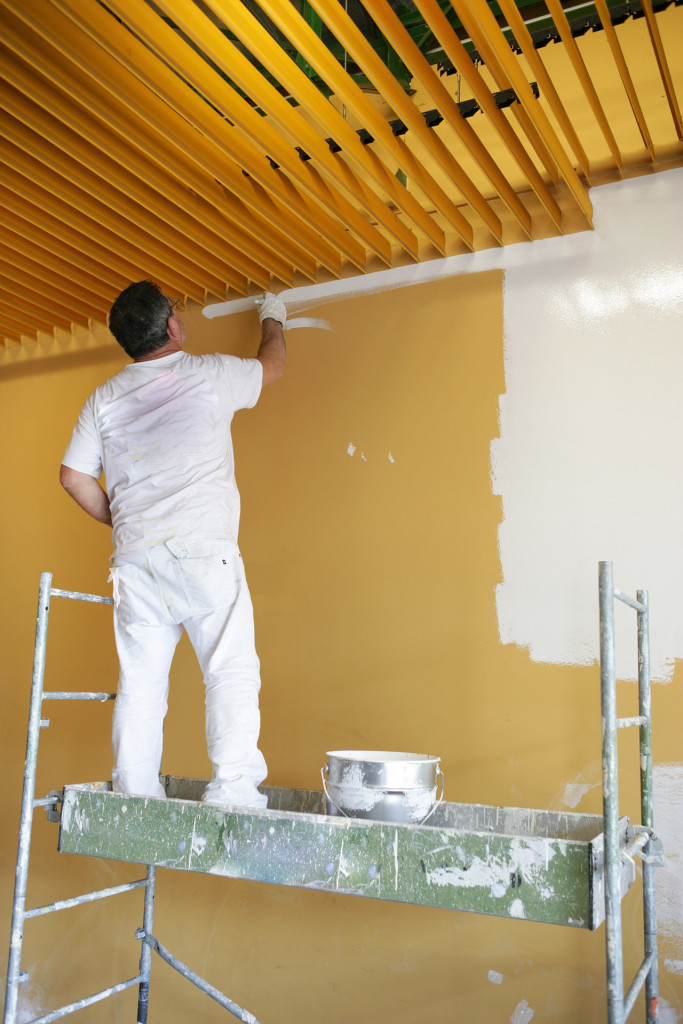

We cover windows, doors, and other areas with plastic sheeting or painter’s tape to prevent paint splatters.

We apply a coat of primer before painting to enhance adhesion and provide a solid base for the paint to adhere to.

There are various factors to consider when choosing the interior paint color, including:
If you are unsure, you can contact our experts, who will help you decide.
We recommend moving small items, but our team will help protect larger furniture. We take great care to prepare your space for painting.